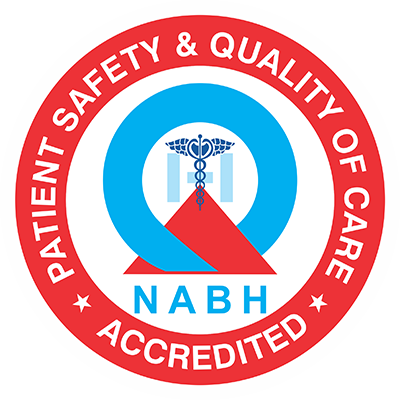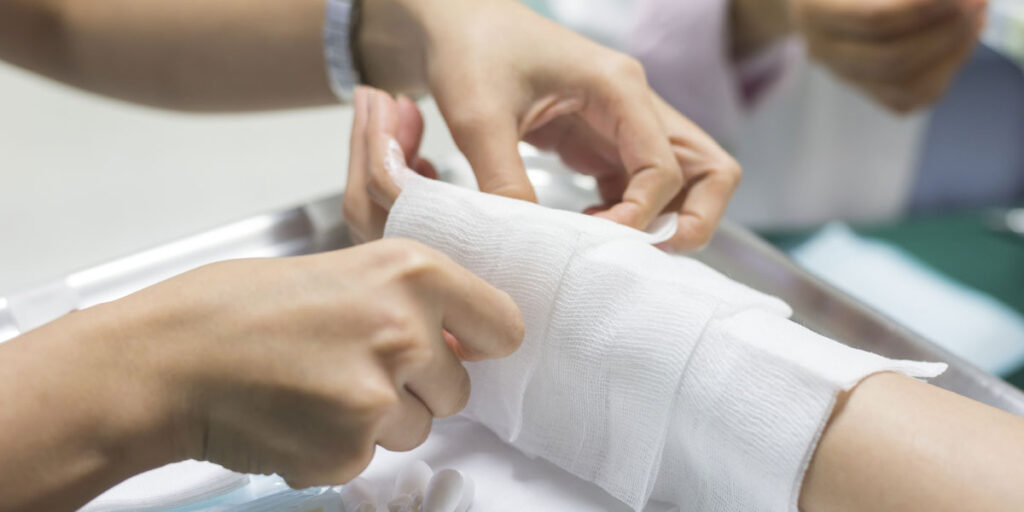Hands are one of the most important body parts as they are one of the most heavily used. They serve as a primary tool to interact with the world and manipulate objects. This is especially true for those individuals who rely on and work with their hands for their livelihood. This includes mechanics, electricians, carpenters, artists, landscapers and gardeners, massage therapists, and those who need to control machinery using their hands.
Now when you see the list above, you would have realised that some of these jobs require heavy use of hands more than others. Typically injuries of any kind are under-reported in India, and there is a large population that primarily works with their hands, such as construction site labourers, carpenters, and electricians.
The study Global Burden of Diseases, Injuries, and Risk Factors Study from 2017 (https://www.ncbi.nlm.nih.gov/pmc/articles/PMC7571361/) was used to estimate prevalence, age-standardised incidence and the number of years individuals lived with hand trauma in 195 countries from 1990 to 2017.
While the global prevalence of hand injuries has reduced, in 2017, there was still an incidence rate of 179 per 100,000 people. Meanwhile, the less common injuries of thumb and non-thumb digit amputation were 24 and 56 per 1,00,000 respectively.
- Lacerations and cuts
Lacerations and cuts are one of the most common types of hand injuries in the workplace. This kind of injury can vary in severity from minor cuts to larger lacerations. Small cuts and scrapes to the skin stop bleeding on their own and heal by scabbing over. However, if a muscle, nerve, or tendon is severed, healing time will be prolonged, and surgery may be required. There could even be a possibility of permanent consequences.
Treatment:
A lacerations injury can be treated by running cool water over the area and cleaning with a sterile cloth and mild disinfectant soap.More serious lacerations and cuts can require anaesthesia, stitches, or staples..
Treatment: Lacerations and cuts are treated according to the severity of the injury. Smaller cuts can be treated using a self-sticking bandage. Larger lacerations and cuts
- Punctures
Sharp and pointed objects can pierce the skin and cause punctures. Puncture wounds are typically deeper and more narrow than other types of injuries like cuts. These wounds result from nails, picks, knives, needles, and heavy machinery.
Treatment: These wounds become infected if not treated quickly and properly as they can be difficult to disinfect. They provide warm and moist places for bacteria to grow.
- Fractures or broken bones
Hands can become crushed under heavy objects, tools, or machinery. The hand can become crushed by an object falling at a high speed and the ensuing injury can result in sudden and intense pain.
Almost all hand fractures are a result of trauma. If the crush occurs with enough force, it can even cause fractures or broken bones. Crush injuries to the hand can also result in numbness, weakness, cramping or tingling.
Treatment: Fractures and broken bones are painful no matter how severe the break or fracture is. Even hairline fractures can be extremely painful and require the use of painkillers. There are various ways to heal this type of injury and depending on the severity of the injury, either splints, braces, a sling, a plaster cast, surgery, or surgically inserted rods/plates are used.
- Burns
Burns in the workplace can be classified as first-degree (superficial) burns, second-degree (partial thickness) burns, third-degree (full thickness) burns, and fourth-degree burns. The burns for:
- first-degree burns affect the outer layer of skin,
- second-degree burns affect the outer layer of skin and lower layer of skin,
- third-degree burns destroy the outer and lower layers of skin and may touch the innermost layer of skin tissue, and
- fourth degree-burns destroy the outer and lower layers of skin, underlying tissue, and may reach the muscle and even bone. In the worst case, nerve endings may also get destroyed and the hands become numb.
On the job, hand burn injuries can result from chemicals, electricity, steam, flames, or hot surfaces or liquids. So these can be classified as thermal, electrical, or chemical. Electric burns result from when a current passes through the body and meets tissue which is resistant.
Chemical burns result from hazardous substances that cause a chemical change to the skin and the chemicals will continue to damage the skin until the chemical reaction stops or it is washed away.
Treatment: First the burned skin is cooled down with cold water or a cold, wet compress until the pain subsides. Then items of clothing and jewellery are removed and a burn cream or ointment is applied to the site. If blisters form, they are left to form because popping them can cause an infection. If the burn covers a large area, the person will need to be kept warm to avoid hypothermia. Finally, the burned area is wrapped in a dressing that will not stick.
In case of more severe burns, treatment may involve skin grafts to replace damaged tissue with healthy tissue from another part of the body.
- Skin irritants
Unlike burns, skin irritants can cause rashes or blisters on the skin. This type of hand injury can result from handling or exposure of the hands to hazardous substances such as metal, solvents, soap, detergent, or natural acids like citrus.
Skin irritants can cause hand dermatitis and when the issue is known to be aggravated by work, it is called ‘occupational dermatitis.’ Irritant dermatitis is not caused by an allergy, but by the skin’s reaction to an irritating substance.
Treatment: Skin irritants can usually be blotted, brushed, dusted off, or flushed with water if not severe. A doctor may prescribe a topical cream or ointment. For more severe contact injuries, surgery, or amputation may be required.
- Sprains or strain
Sprains and strains can happen to anyone, irrespective of whether they heavily use their hands in their work or not. Sprains or strain can happen to any professional after repetitive motion with no breaks or exercise. For example, using a mouse or keyboard continuously without taking regular breaks can result in long-term injuries that may require surgery to correct. This includes carpal tunnel syndrome.
Sprains and strains can also result from injuries involving the feet. Individuals who slip and fall, often try to protect themselves using their hands. So they fall heavily on their hands which causes both hand and wrist injuries. The worst injury possible is wrist fractures.
Treatment: Often the best treatment for sprains or strains are rest, ice, compression, and elevation. The injured hand may even require tight wrapping.
How to treat Carpal Tunnel Syndrome
Carpal tunnel syndrome is a common neurological disorder that occurs when the median nerve (the nerve between the forearm and palm) becomes squeezed or irritated in the hand or wrist. If you suffer from this syndrome, you may feel numbness, tingling, pain, clumsiness, or weakness in your hand or wrist.
The best way to treat carpal tunnel syndrome, is through:
- splinting your hand to keep your wrist from moving,
- taking anti-inflammatory medication,
- surgery, or
- changes at work.
Preventing Hand Injuries at Work
The best way for workers to avoid these types of injuries is by taking appropriate precautions when using dangerous machinery or tools. Vigilance and awareness is also extremely important.
It is also important to wear appropriately thick safety gloves or machinery guards that are resistant to rips and sharp objects. These are especially important when working with sharp tools and machinery.
If you have a hand injury or skin condition to your hands that you want to get treated or checked out by a doctor, our Accident and Emergency Department is at your service. Our emergency care team is composed of medical and orthopaedic officers who can treat any emergency case.



